May 20, 2025 | BY Dan Boaz
Trucking Companies Laredo
Laredo, Texas, stands out as one of North America’s most pivotal logistics hubs. This border city is the busiest inland port in the United States, facilitating nearly half of all trade between Texas and Mexico and handling over $339 billion in cross-border commerce annually.
Share this article
In fact, Laredo’s network of trucking companies and logistics providers has propelled it to become the #1 port of entry in the U.S. by trade value – surpassing even major seaports and airports.
LAREDO: A STRATEGIC CROSS-BORDER TRADE HUB
Situated on the U.S.–Mexico border at the southern terminus of Interstate 35, Laredo occupies a strategic location that funnels trade directly into the U.S. heartland. The city’s proximity to major manufacturing centers in northern Mexico, coupled with direct highway access to Dallas, Chicago, and beyond, makes it an ideal staging ground for international freight. Laredo’s World Trade Bridge – the primary commercial border crossing – is North America’s busiest commercial crossing, handling over 6 million truck crossings per year.
On an average day, roughly 17,000 trucks rumble through Laredo’s international bridges, carrying everything from auto parts to avocados. This single crossing accounts for nearly 40% of all U.S.–Mexico land trader, underscoring just how concentrated and critical Laredo’s freight traffic is. In 2023, Port Laredo processed record trade volumes (over $300–$339 billion), firmly cementing its role as the nation’s premier trade hub. In short, Laredo’s trucking industry is the engine driving U.S.–Mexico commerce, transforming what was once a regional border town into a linchpin of North American supply chains.
TALK TO AN EXPEDITOR NOW
Get a Quote in Minutes for Your Time-Critical Freight Needs

Infrastructure and Connectivity Supporting Laredo’s Trucking Hub
Laredo’s dominance in cross-border trucking is enabled by robust infrastructure and connectivity. The crown jewel is the World Trade International Bridge, an eight-lane bridge dedicated exclusively to commercial freight traffic. Opened in 2000, this bridge (along with the Colombia Solidarity Bridge to the northwest) forms the Laredo Bridge System that funnels trucks in and out of Mexico. On peak days, 15,000–18,000 trucks cross the World Trade Bridge – more than many border crossings handle in an entire month.
Such capacity has been crucial in preventing bottlenecks, especially as trade volumes grew explosively after NAFTA. Plans are now underway to expand the World Trade Bridge with a parallel span devoted to northbound trucks. By 2027, an additional bridge with eight new lanes will boost throughput and reduce wait times for inbound cargo. Similar upgrades are planned for the Colombia Bridge, ensuring Laredo stays ahead of demand and maintains efficient traffic flow.
On the Mexican side, the bridge connects to Mexico’s Highway 85 and the arterial network reaching industrial hubs like Monterrey and Mexico City. Laredo is also a node for rail freight – the Kansas City Southern/Canadian Pacific railway runs through Laredo, and the city’s international rail bridge carries trains loaded with containers, vehicles, and bulk commodities. This gives shippers an alternative to trucks for certain flows (for example, auto manufacturers might send finished cars by rail while smaller components go by truck).
Major Industries Served by Laredo’s Trucking Sector
The trucking sector in Laredo supports a broad swath of industries on both sides of the border. Thanks to free trade and robust manufacturing in Mexico, a diverse range of products flow through Laredo’s highways and warehouses. Some of the major industries served by Laredo trucking companies include:
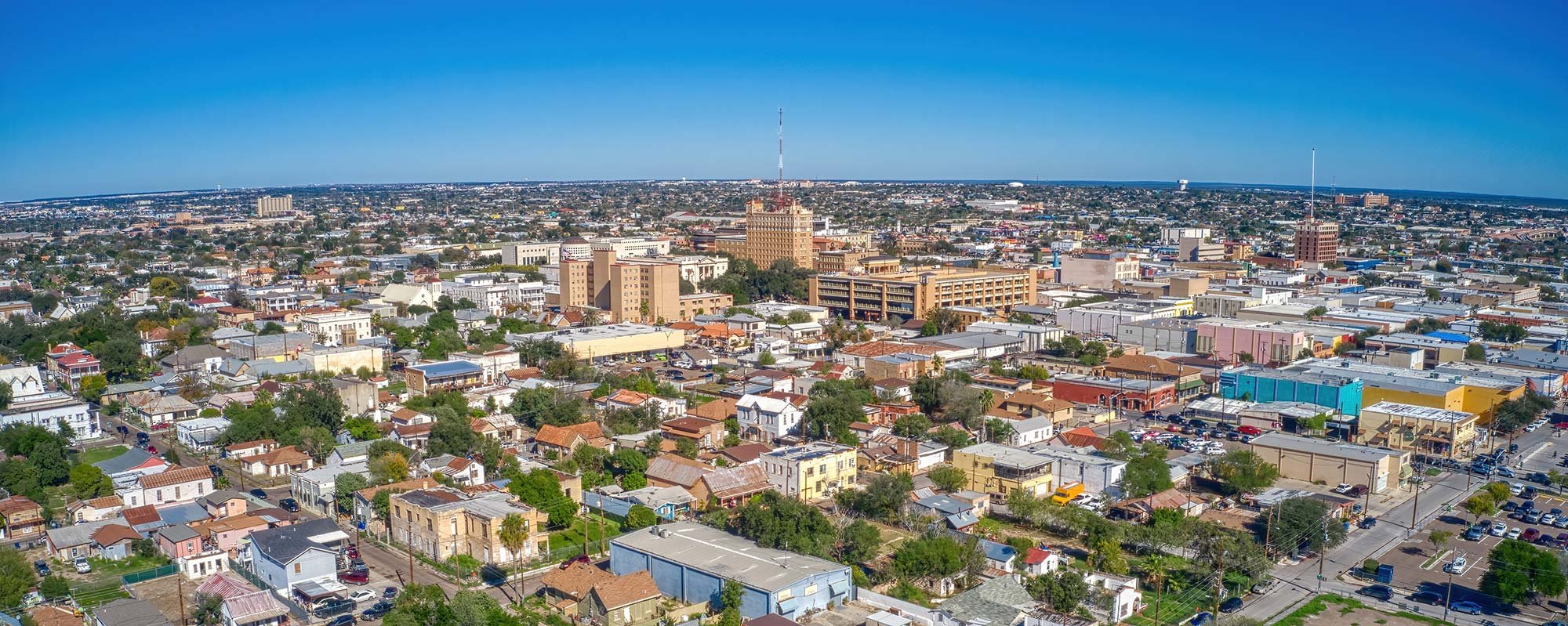
Automotive Industry
Perhaps the most significant sector is automotive manufacturing. Mexico is a powerhouse for assembling cars and producing auto parts, and Laredo is the primary gateway for these goods entering the U.S. Motor vehicle parts consistently rank as the top commodity by value moving through Port Laredo. Trucking companies haul everything from engines and transmissions to tires and electronics that supply U.S. auto assembly lines. Finished vehicles are also transported – northbound imports of cars and southbound exports of U.S. models. The automotive supply chain relies on Laredo’s cross-border efficiency to keep factories running just-in-time. For example, in early 2024, motor vehicle parts worth over $6.4 billion were imported through Laredo, reflecting the huge volume of auto components moving via truck.
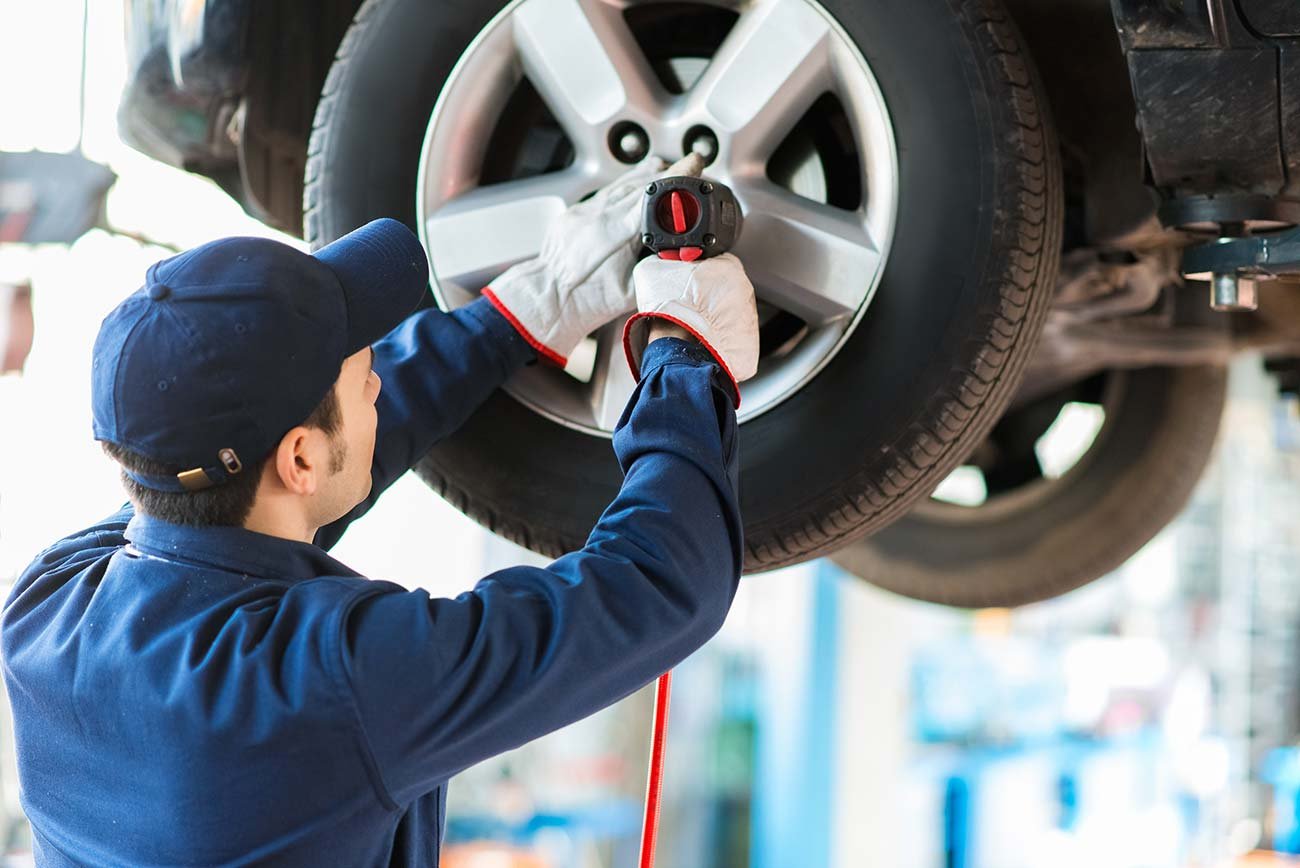
Oil and Gas
Nearly 200 dedicated oil-field and bulk carriers, plus more than 500 freight forwarders and customs brokers, marshal everything from step-decks to insulated tankers through Laredo’s World Trade Bridge and onto well pads or midstream terminals in Webb, La Salle and Dimmit counties. The sheer volume of oil-field traffic now makes Port Laredo the busiest inland port on the entire border, handling about 23 % of all U.S.–Mexico truck trade—much of it tied to energy cargoes.
On the inbound leg, trucking feeds the shale’s just-in-time appetite for sand, chemicals, diesel and rig hardware. Specialist fleets such as BelCon Logistics stage “last-mile” pneumatics full of frac sand, while dozens of owner-operators advertised on Laredo job boards spend their days hauling proppant, acid and production water between trans-load yards and remote leases.
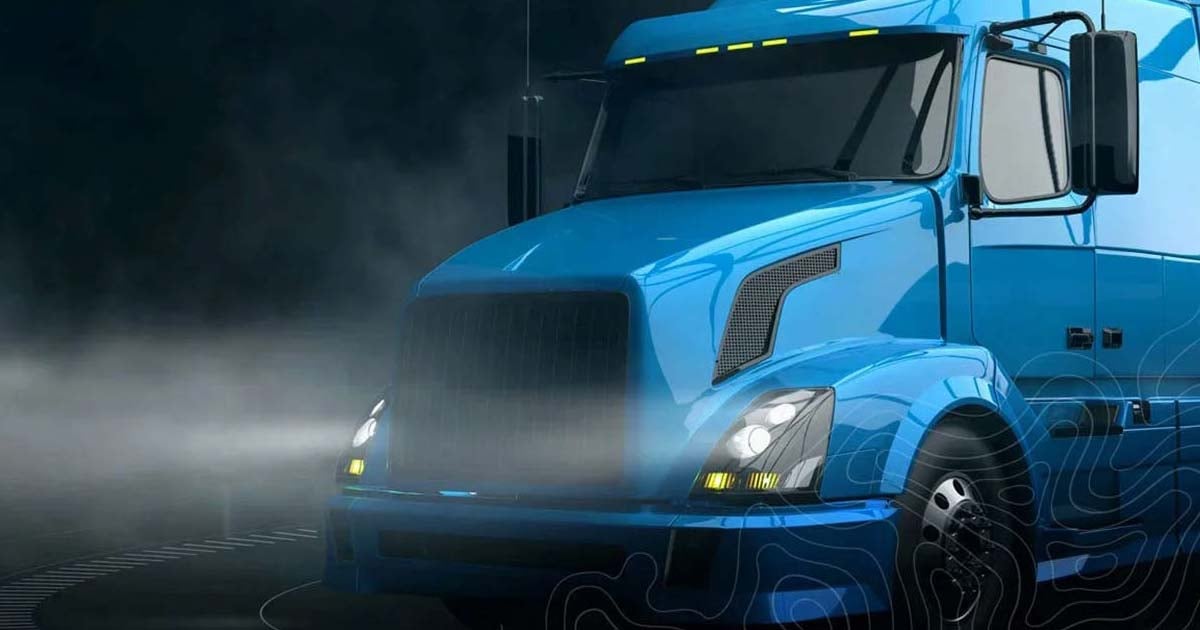
Electronics and Machinery
Laredo is a conduit for high-value electronics, appliances, and industrial machinery. Televisions, computers, smartphones, and household appliances manufactured in Mexico are trucked through Laredo en route to U.S. retailers. Similarly, industrial and farming machinery and equipment cross the border here to reach American buyers, or conversely to Mexican factories. Electronics consistently rank among Laredo’s top import categories (e.g. computers and cell phones are multibillion-dollar imports). According to Port Laredo officials, the top sectors through Laredo include electronics, machinery, and medical equipment – all goods that require careful handling by trucking firms. Whether it’s a shipment of medical devices or factory robotics, Laredo’s carriers ensure these high-tech products move safely and swiftly to their destinations.
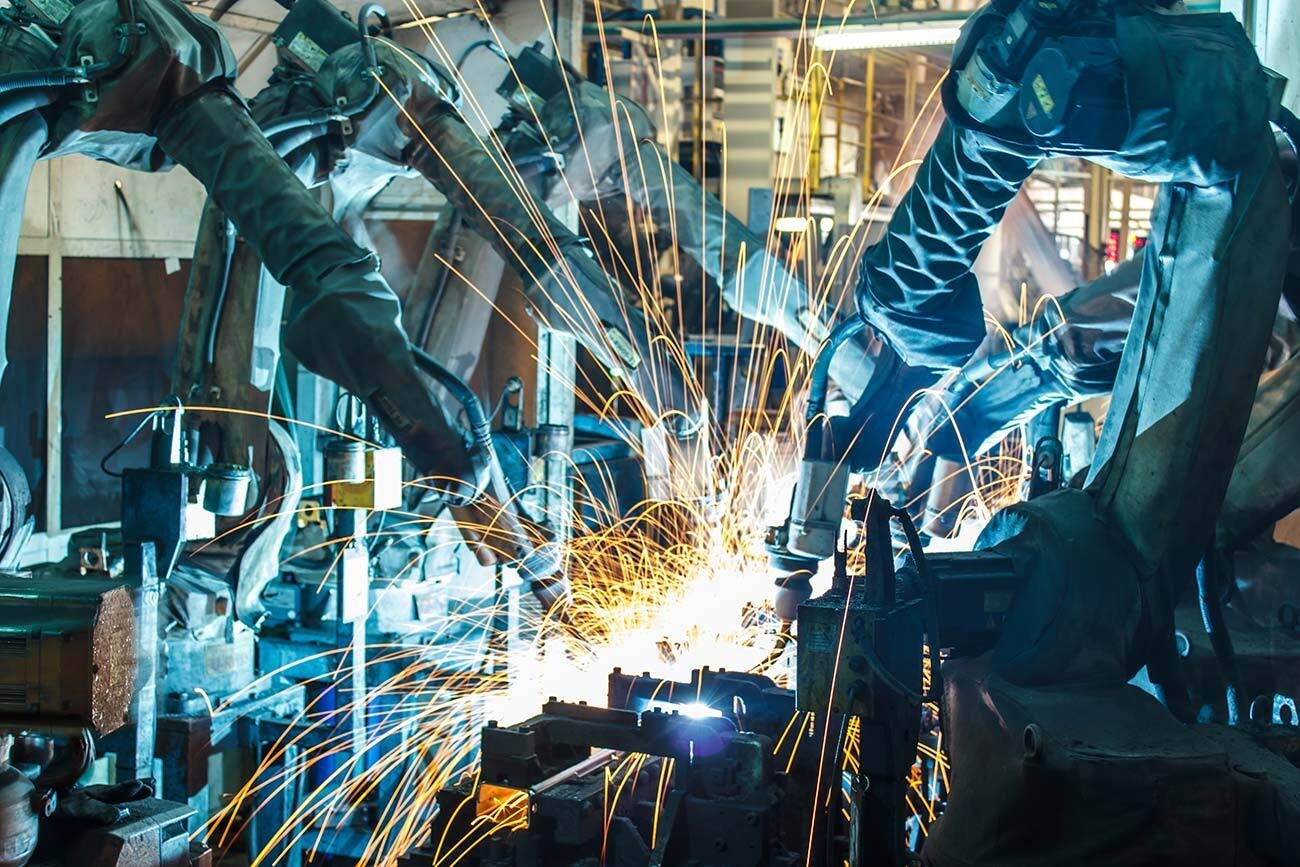
Consumer Goods
A wide array of consumer products flows through Laredo’s trucking channels, making it a critical link in retail supply chains. This includes clothing and textiles, home goods, furniture, and processed foods, as well as household commodities like paper products and cleaning supplies. Many U.S. consumer brands have manufacturing or assembly in Mexico to serve the North American market. Laredo’s trucking companies handle these goods in high volume, especially ahead of peak retail seasons. For instance, goods like apparel, electronics, and toys might be imported by truck through Laredo to stock U.S. stores. On the southbound side, consumer goods (from U.S. cosmetics to packaged foods) are exported by truck into Mexico’s growing consumer market. Laredo’s ability to efficiently clear and deliver consumer products helps keep store shelves stocked on both sides of the border.
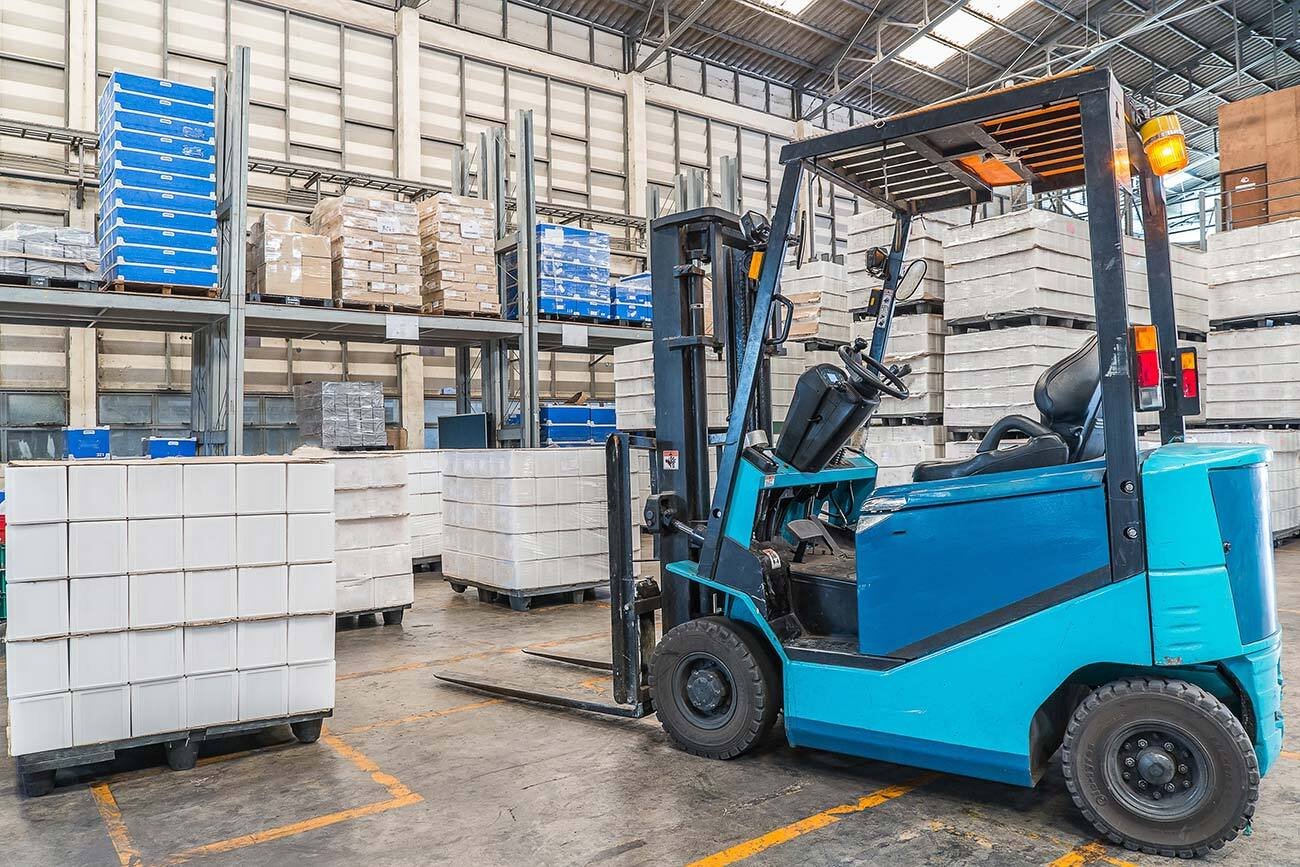
Manufacturing and Industrials
Beyond the headline industries above, Laredo supports a broad base of industrial supply chains. This includes materials and components for aerospace, energy equipment, construction materials, and chemicals. For example, Laredo sees significant trade in petroleum products and fuels, machinery parts, and even aerospace components. Factories on each side of the border exchange raw materials and parts via Laredo’s trucking routes – from steel and plastics to textiles and electronics subassemblies. The city’s trucking companies have experience handling specialized freight like heavy machinery (often using flatbeds or other specialized trailers) and hazardous materials with the required safety protocols. Virtually every sector that sources from Mexico or supplies Mexican manufacturers – from consumer goods to industrial parts – depends on Laredo’s trucking and logistics network. This diversity of cargo underlines why Laredo is often called the logistics heartbeat of U.S.–Mexico trade.
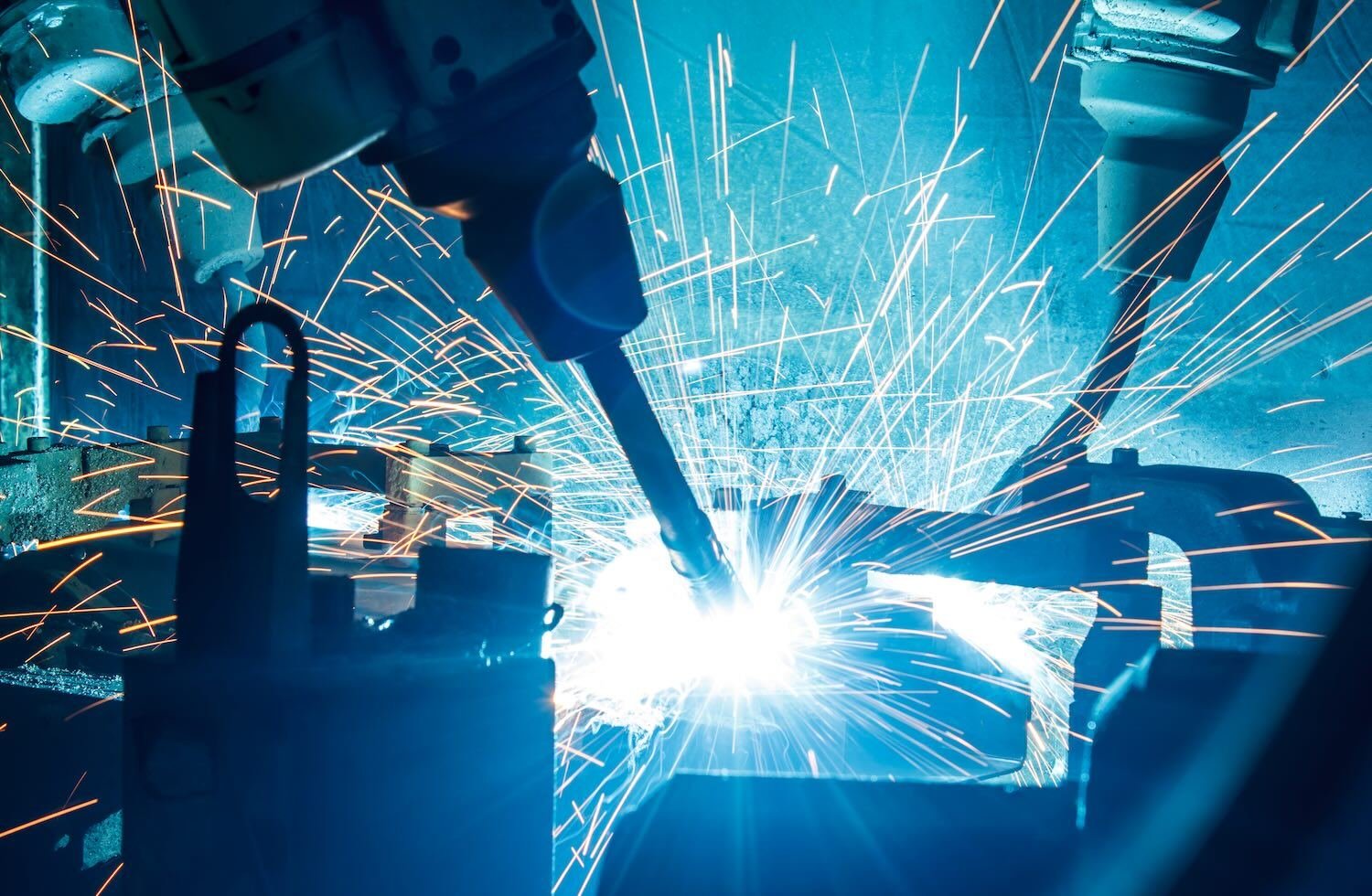
Key Services Offered by Laredo Trucking Companies
- Cross-Border Trucking & Drayage
- Intermodal Transportation
- Transloading & Cross-Docking
- Warehousing & Distribution
- Customs Brokerage & Compliance
Cross-Border Trucking & Drayage
Laredo carriers specialize in navigating the border crossing process. Typically, a Mexican carrier hauls freight to the border, where a drayage or transfer truck ferries it across the bridge, and then a U.S. carrier takes over for delivery. This three-step trucking process is common because direct through-trucking across the border is limited. Laredo trucking companies coordinate these handoffs seamlessly, managing bilingual drivers, customs paperwork, and tight schedules to keep freight moving. Drayage operators shuttle trailers between border yards and cross-dock facilities, where loads are often transferred or consolidated for onward travel.
Intermodal Transportation
Many Laredo logistics providers offer intermodal options, integrating rail and truck transport. The city is served by major railroads (such as Union Pacific and Kansas City Southern), with an international rail bridge connecting to Mexico. Intermodal service allows freight (especially heavy or bulk shipments) to transfer between truck and rail, leveraging rail’s long-haul efficiency while trucks handle first-mile and last-mile legs. Laredo’s intermodal ramps and rail-served industrial parks enable smooth transitions between modes, giving shippers flexibility to reduce costs or transit times.
Transloading & Cross-Docking
Given the high volume of freight switching carriers at the border, transloading is a core service in Laredo. In cross-dock warehouses, goods are unloaded and reloaded between trailers (or containers) to match the equipment and regulations on each side of the border. For example, a shipment might be moved from a Mexican 53-foot trailer into a U.S. carrier’s trailer, or vice versa, without long storage periods. This process allows freight to flow through Laredo quickly and minimizes delays – a critical factor for time-sensitive cargo. Transloading also lets carriers optimize loads, consolidate shipments, and comply with weight limits or safety inspections before trucks hit the road.
Warehousing & Distribution
Laredo boasts extensive warehouse and storage facilities to support cross-border trade. Trucking and logistics companies operate numerous warehouses, distribution centers, and yards where freight can be stored, sorted, or repackaged. Some products (like electronics or consumer goods) may be staged in Laredo warehouses to await customs clearance or to time deliveries with market demand. Others, like perishable produce, rely on cold storage facilities in Laredo to maintain the cold chain until trucks are ready to roll north. These warehouses often double as fulfillment or distribution hubs, allowing shipments to be broken down or combined for regional delivery. Laredo’s abundance of warehouse space and inventory management services is a key asset that complements its trucking capacity.
Customs Brokerage & Compliance
Navigating customs regulations and border compliance is a specialized service often integrated with Laredo’s trucking operations. Many trucking companies either partner with or have in-house customs brokers to handle import/export documentation, duties, and inspections. Given that every cross-border load must clear U.S. Customs and Mexican Aduanas, expert brokerage services are indispensable. These professionals ensure that shipments have the proper NAFTA/USMCA certificates, commercial invoices, and security filings (like the ACE e-manifest) to avoid border delays. Laredo’s logistics firms are well-versed in programs like FAST (Free and Secure Trade) for trusted carriers and C-TPAT security standards, which help eligible truck shipments expedite through customs. By coordinating closely with customs agencies, Laredo trucking companies keep freight compliant and secure while minimizing clearance times.
Working with a Trucking Broker
Working with a trucking broker offers shippers and logistics managers a range of benefits that go beyond simply booking a truck. Brokers serve as strategic partners who connect shippers with reliable carriers, streamline the shipping process, and help control costs. Whether you're managing regular lanes or handling one-off loads, here are six key advantages of partnering with a freight broker.
Access to a Vast Carrier Network
Time and Resource Savings
Competitive Freight Rates
Flexibility and Scalability
Risk Management and Problem Resolution
Enhanced Visibility and Technology Access
Frequently Asked Questions
Why is it called hot shot trucking?
The term “hot shot” in trucking has its origins in the Texas oilfields several decades ago. Back in the 1970s, oil and gas companies in places like West Texas had drilling operations that were very time-sensitive – if a piece of equipment broke or supplies ran out, they needed replacements immediately to keep the oil flowing. Local drivers with pickup trucks would wait around for those urgent parts (like a critical drill bit or pump component) to be handed over as soon as they were ready, and then speed them out directly to the oil rigs. These quick, on-demand deliveries of equipment were crucial to avoid downtime.
They started calling these speedy drivers/trucks “hot shots” because they were essentially rushing a “hot” (high-priority) load. The image is that the parts were so urgently needed, they practically came in hot and the driver would shoot out onto the road to deliver them without delay. In other words, the freight was hot (time-critical) and it was shot straight to the destination. Some say it’s like the load was as important as a “hot shot from a gun” or that the drivers took off like a shot.
What is a hot shot truck?
A “hot shot truck” refers to the truck used in hot shot trucking – essentially, it’s the power unit (the truck itself) that pulls the trailer for hauling loads. Unlike a semi-truck (tractor unit), a hot shot truck is usually a heavy-duty pickup truck or medium-duty truck. Common hot shot trucks are one-ton pickups such as a Ford F-350/F-450, Ram 3500/4500, or Chevrolet 3500HD configured for towing. These trucks often have dual rear wheels and a gooseneck hitch in the bed, enabling them to tow gooseneck flatbed trailers loaded with freight.
When someone says “hot shot truck,” they typically mean: a truck smaller than a semi but equipped for heavy towing, used in expedited freight. Many hot shot trucks have a flatbed or platform body instead of a traditional pickup bed – this is especially true if the truck is a cab-and-chassis model (like an F-450 or F-550) that the owner outfits with a custom bed and hitch. The flatbed body on the truck can carry additional items or serve as a base for the gooseneck coupling. It might also have toolboxes, auxiliary fuel tanks, and other accessories mounted, essentially making it a mini big-rig.
What is hot shot dispatching and do I need a dispatcher?
Hot shot dispatching is the work of finding freight and arranging the logistics that keep hot shot trucks moving. A dispatcher—either an individual you hire or a specialized service—scours load boards and broker networks, negotiates rates, and handles paperwork such as rate confirmations, leaving you free to concentrate on driving and deliveries. Operating a hot shot business really means doing two jobs: driving and lining up the next haul. Dispatching covers the latter.
Some owner-operators self-dispatch, checking boards daily and calling brokers themselves, while others pay a dispatcher to manage it. Dispatch services usually take about 5–10 % of the load’s revenue (or sometimes a flat per-load fee) in return for keeping your truck loaded and minimizing empty miles.
Whether you should hire a dispatcher depends on your experience and workflow. New entrants often gain from a skilled dispatcher who knows trustworthy brokers, hot lanes, and can string together back-to-back loads to reduce deadhead time. In short, a dispatcher acts as your personal freight manager, working to protect your schedule and maximize your earnings.
How do I become a hot shot truck driver?
Becoming a hot shot truck driver involves a combination of driving skills, legal qualifications, and business decisions. Here’s a step-by-step look at how you can become a hot shot driver:
First, you should be a confident driver, especially in handling towing situations. If you’ve never towed a trailer before, it’s good to practice with something smaller to get a feel for turning, backing up, etc. While technically you can start hot shot trucking with just a regular driver’s license (if you stay under certain weight limits), it’s highly advantageous to obtain a Class A Commercial Driver’s License (CDL). With a CDL, you’ll be able to haul heavier loads and won’t be restricted if an opportunity comes up that’s over 26k combined weight. Getting a CDL involves passing written tests (General Knowledge, Air Brakes, Combination Vehicles, etc.) and a road test with a suitable vehicle. You might attend a truck driving school or get training specifically for pickups with trailers (some local trucking schools might accommodate that). Even if you run non-CDL, know that many principles from CDL training (like cargo securement, safety inspections, log rules) still apply. Also obtain a DOT Medical Card by passing a physical exam – this is required if you drive commercial vehicles over 10k lbs interstate or CDL vehicles.
Is hot shot trucking profitable?
Can I use a cargo van for hot shot trucking?
Using a cargo van (such as a Sprinter van, Ford Transit, or cargo box van) to do “hot shot” work is possible for certain kinds of deliveries, but it’s a bit different from the typical hot shot setup. Generally, hot shot trucking implies a pickup truck with a flatbed trailer hauling freight. However, there is a related niche often called expedited courier or hot shot courier service, where cargo vans or sprinter vans are used to deliver time-sensitive loads.
Cargo van hotshots – If your freight is small enough to fit inside a van and not too heavy (usually under 3,000-4,000 lbs depending on the van), you can absolutely run it as an expedited load in a van. In fact, many logistics companies have sprinter vans for rapid, long-distance deliveries of smaller pallets or boxes. Industries like pharmaceutical, auto parts, or aerospace might send an urgent shipment via a cargo van. The advantages of a van are: no need to deal with towing a trailer, easier to drive/park, generally no CDL required (since most vans GVWR are under 10,001 lbs), and protection from weather (the freight is enclosed).
But there are limitations. A van obviously can’t carry large or bulky items that a flatbed trailer could. You’re limited to what fits inside (dimension-wise) and to the van’s payload capacity. For example, you can’t haul a 10,000 lb piece of machinery in a van – that’s where a gooseneck trailer is needed. Also, the market for cargo van expedited loads can be different; you might need to work more through courier brokers or dedicated expeditor boards rather than typical hot shot boards (which often list flatbed-type loads).
If you already have a cargo van, you can certainly pursue expedited delivery jobs. People sometimes call this “hot shot runs with a van,” though more commonly it’s just known as expedite van work. The income can be lower per load compared to a truck/trailer because the freight tends to be lighter and sometimes lower-paying (since if it were high-paying and heavy, they’d likely put it on a flatbed hotshot or a straight truck). But you also have lower operating costs (better fuel economy, less maintenance than a big truck).
Some hot shot businesses diversify: they might run one pickup+trailer rig and also have a cargo van for smaller jobs. If your question is whether using a van is allowed – yes, it’s legal and done in the industry, as long as you have the proper insurance and, if needed, operating authority (even a van needs authority if hauling regulated interstate for-hire loads above a certain weight or if the shipment is federally regulated – many van expediters do have DOT/MC numbers even if under 10k, because they are hauling for-hire across states). However, if you stay intrastate or haul exempt goods, you might not need full authority – it depends on the specifics.
Do hot shot truckers have to stop at weigh stations?
Yes, in most cases hot shot truckers are required to stop at weigh stations when operating in states that mandate weight checks for commercial vehicles. The rules can vary state by state, but generally, any commercial vehicle (including pickups with trailers used for business) over a certain weight (often 10,000 lbs GVW or 26,000 lbs GVW, depending on the state’s signage and law) must enter open weigh stations. Since a hot shot rig – a dually pickup with a trailer – is usually well over 10k lbs combined, it qualifies as a commercial truck that needs to scale.
For example, you’re driving on an interstate and see a sign: “All commercial vehicles over 10,000 lbs must enter weigh station.” Your hot shot setup applies, so you would pull in just like the big rigs. Even if the sign says “Trucks over 5 tons” or uses the word “trucks,” a pickup towing a gooseneck for commerce is considered a truck in this context. The officers there are used to seeing hot shots come through.
When should I use hot shot trucking instead of full truckload shipping?
Use hot shot trucking instead of a standard full truckload service when you have a smaller shipment that is time-critical or requires dedicated attention. Here are a few scenarios where hot shot makes more sense:
-
Urgent Need, Not a Full Trailer: If you have a piece of equipment or a pallet of parts that absolutely must be delivered as soon as possible (say, same day or overnight) and it’s not enough freight to fill a big 53’ trailer, hot shot is ideal. A hot shot driver can pick it up immediately and go directly to you, whereas scheduling a full-size truck (especially for a partial load) or waiting for LTL could introduce delays. Hot shot trucking is essentially paying for speed and dedication – the driver isn’t hauling anything else or making other stops, so your shipment gets top priority.
-
Remote or Hard-to-Reach Locations: If your delivery or pickup location is off the beaten path or not easily accessible by a semi-truck (e.g., deep into an oilfield, a rural construction site, up a mountain road), a hot shot (with its smaller truck and trailer) might be able to get in and out easier. Also, in industries like oil & gas, hot shots are routinely used to run equipment out to rigs in remote areas at odd hours, something you wouldn’t hire a full 18-wheeler for unless it was absolutely huge equipment.
-
Size of Load: If your freight physically doesn’t require a full tractor-trailer, it can be more cost-efficient to use a hot shot. For example, imagine you have two pallets of specialized parts (maybe 2,000 lbs total). You could pay for a dedicated full truckload – but you’d be paying for a mostly empty 53’ trailer, which is costly. A hot shot can handle those pallets and will likely charge less than a full truck (though more than LTL). So if the shipment is in that in-between zone (too urgent for LTL, too small for FTL), hot shot is the sweet spot.
-
Project Deadlines or “Emergency” shipments: In construction, manufacturing, etc., if a project is halted until a certain item arrives, the cost of a hot shot is usually justified by the cost of downtime. Full truckload carriers might not be as readily available on short notice or willing to haul a single skid to bail you out. Hot shot drivers specialize in these emergency runs – they’re often on call 24/7 for exactly such needs.
Conversely, if you have enough freight to fill a standard tractor-trailer and it’s not extremely urgent, a full truckload service might be more appropriate. For example, if you have 20 pallets going from Houston to Atlanta and they need to be there by end of week (and today is Monday), a regular FTL carrier can do that in 1-2 days easily and probably cheaper per mile than a hot shot, because you’re utilizing the whole truck. Hot shots shine when traditional shipping either can’t meet the deadline or isn’t practical due to load size or location.
How much weight can a hot shot truck haul?
The weight a hot shot truck can haul depends on the truck and trailer’s ratings and whether the operator has a CDL, but typical hot shot setups can haul in the range of about 9,000 to 18,000 pounds of cargo. Let’s break it down:
-
Non-CDL Hot Shot (Under 26,000 lbs GCWR): Many hot shot drivers configure their equipment to stay just under the 26,000 lbs combined weight threshold so they can operate without a CDL. For example, they might have a truck with 14,000 lbs GVWR and a trailer de-rated to 12,000 lbs GVWR (combined GVWR = 26,000). In such a setup, the max payload (the freight you can haul) is roughly the combined GVWR minus the empty weights of the truck and trailer. If the truck weighs ~9,000 lbs empty and trailer ~5,000 lbs empty (just an example), that’s 14k of your gross weight taken by equipment, leaving about 12,000 lbs for cargo at absolute maximum. In reality, you might not load it right up to the line, so you might haul around 8,000–10,000 lbs safely. So a non-CDL hot shot might haul roughly 4-5 tons of freight. Keep in mind, 26k is the legal limit in that scenario – if you go even 100 lbs over when weighed, you’re technically in CDL territory and could be in violation if you don’t have one.
-
CDL Hot Shot: If you have a Class A CDL, you’re not limited to 26,000 combined – you are only limited by the physical capabilities and legal axle weights of your equipment. A common hot shot rig for CDL operators is a 3500 dually (GVWR ~14k) with a dual-axle gooseneck trailer (GVWR ~20k). That yields a combined GVWR around 34,000 lbs. If truck and trailer weigh about 15k empty combined, you could haul around 19,000 lbs of load in theory. Practically, many keep it a bit under the max for safety and to avoid overstressing equipment, so hauling 15,000–17,000 lbs payload is common for a heavy-duty hot shot rig. Some beefier setups (like an F-450/550 or RAM 4500 with triple-axle trailers) might push even higher, but then you start reaching the realm where you might as well use a small semi. So most CDL hot shot loads top out around 16k-18k lbs in freight. That’s about 8-9 tons of cargo, which is quite substantial.
-
Axle and Tire Limits: It’s important to note that even if your trailer says 20k GVWR, you have to consider axle ratings and tire ratings. For instance, two 10k axles give 20k, but that includes the trailer’s own weight. Also, each axle has to adhere to road weight limits (usually 20k per axle on highways in the US, which you’ll be under). The truck’s rear axle might be rated around 9,750 lbs on a dually, etc. Proper weight distribution (load placement) is critical so you don’t overload one axle. Also, you need to account for tongue weight on the truck (the gooseneck transfers some load to the truck’s rear axle). So functional payload might be constrained by those engineering factors slightly below pure GVWR math.
-
Volume vs Weight: Sometimes the limiting factor isn’t weight but space. You might max out your trailer’s deck space with light materials (like a big volume of insulation panels) long before you hit weight capacity. Other times, one very heavy piece might hit your weight max and still have deck room leftover. So “how much weight” can be relative to what you haul.
In conclusion, most hot shot trucks can haul around 10,000 to 18,000 pounds of freight. Non-CDL setups stick to roughly 8k-10k lbs payload to remain under 26k gross, whereas CDL hot shots might carry closer to 16k lbs (or slightly more) if the equipment allows. Always refer to the specific GVWR ratings of your truck and trailer and ensure you don’t exceed the lowest-rated component. And remember, securement is key – regardless of weight, the load must be properly strapped/chained down per DOT regulations for it to be transported safely.
How do I find a hot shot trucking company near me?
If you’re a shipper or someone with freight who needs a hot shot delivery, finding a reliable hot shot trucking company nearby can be done a few ways:
-
Online Search: Perform a targeted search like “hot shot trucking companies in [Your City/State]” or “hot shot delivery service near me.” For example, search “Hot shot trucking Houston” or “hot shot delivery companies in Florida.” This will often bring up local transport companies or independent hot shot providers that advertise their services. Many hot shot operators have Google business listings or websites detailing their service area and contact info. Pay attention to reviews or testimonials if available.
-
Freight Broker or 3PL: If you don’t want to vet carriers yourself, you can contact a freight brokerage or third-party logistics provider and request a hot shot. Brokers have a network of carriers, including hot shot truckers, and can quickly find one to handle your load. You’d explain your needs (what, when, where), and they’ll arrange the trucking for a fee. Well-known broker platforms (like CH Robinson, XPO, etc.) or even newer apps like Uber Freight and Convoy might cover hot shot loads. Be sure to specify the urgency so they know it’s a dedicated rush load.
-
Load Boards / Marketplaces: There are online marketplaces where shippers can post loads for free and get bids from carriers. Websites like uShip allow you to list a hot shot job and have local hot shot carriers bid on it. This can help you find independent owner-operators willing to do one-time jobs. Just be clear on timing requirements when you post. However, using a broker is often simpler for critical needs, as load boards might take time for bids to come in.
-
Industry Directories: Some industry directories or rating sites (even Google or Yelp) might list hot shot or trucking services by area. Also, check Facebook groups or local Craigslist ads; believe it or not, many small hot shot businesses advertise there. Search for terms like “hotshot service [your area]”.
-
Networking: If you’re in an industry that frequently needs hot shots (like construction or oilfield), ask around. Colleagues or vendors might already have contacts for “a guy with a truck” who does hot shots. Often the best ones are found by word-of-mouth. If your need is recurring, building a direct relationship with a trustworthy local hot shot carrier is invaluable.
-
Check Credentials: Once you identify a potential hot shot company, do a quick verification: Ensure they are properly licensed and insured. You can ask for their USDOT number and look them up on the FMCSA SAFER website to verify authority and insurance. For one-off jobs through brokers, the broker usually handles this vetting.
For example, suppose you’re in the oil & gas industry in West Texas and need a hot shot. A search might show several “Oilfield Hot Shot Services” around Midland/Odessa. You’d call them, get a quote, and see who’s available immediately. In a major metro area, you might find courier companies that also offer hot shot trucking with larger pickups.

